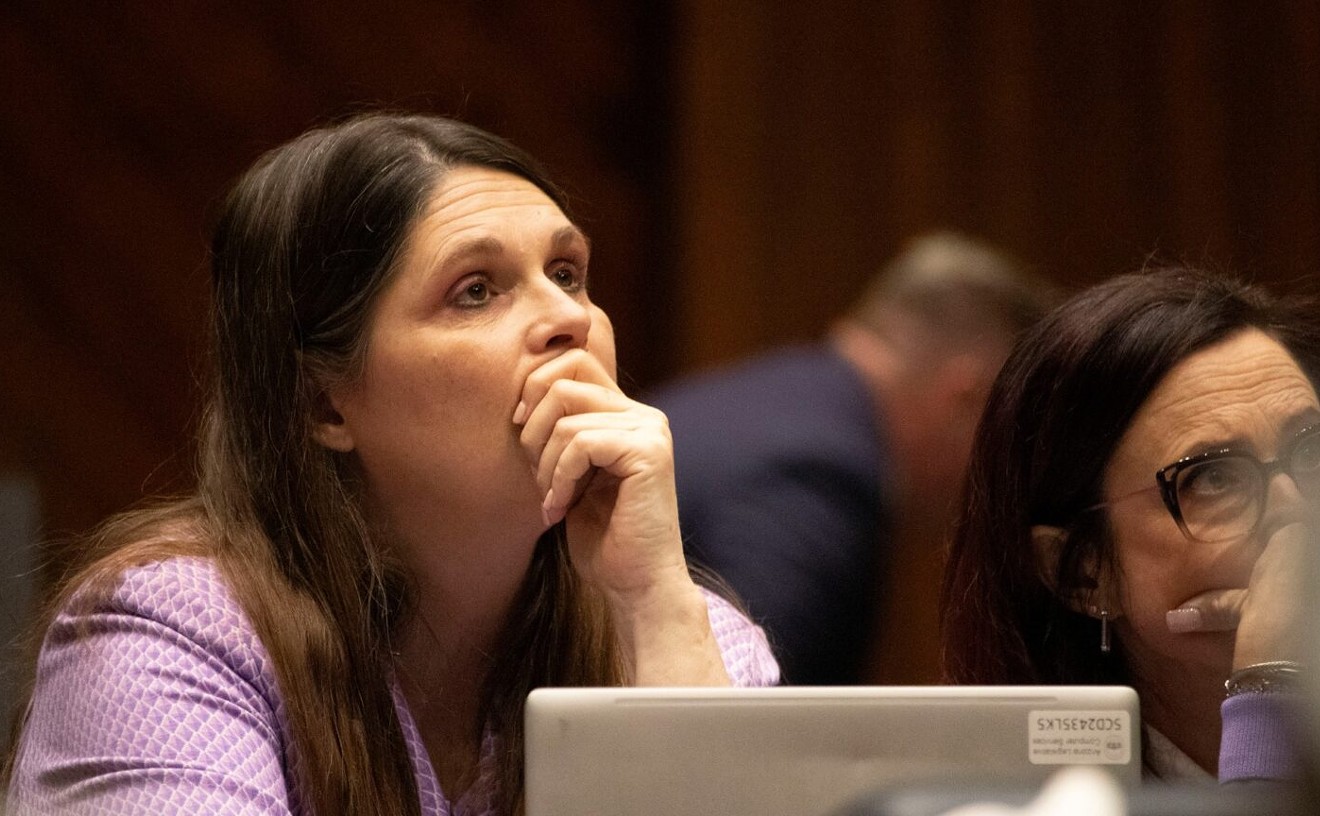Among the country’s 100 most populous countries, Pima ranks 91st for economic mobility, just ahead of Bronx County in New York, according to new research from Harvard professors Raj Chetty, Nathaniel Hendren, and Lawrence Katz. Low-income children who grow up in Pima make about 12 percent less at age 26 than their peers raised in an average U.S. county.
Comparatively, poor kids who grow up in Maricopa County, ranked 27th among the 100 largest counties, make about 3 percent more by 26 than their low-income peers.
“America is a land of opportunity — but only in some places,” Augustin Bergeron, a pre-doctoral fellow who assisted Chetty, Hendren, and Katz with their research. “Some places are actually the opposite. They are poverty traps.”
Among the state's less populous counties, low-income children in Yuma and Yavapai are most likely to crawl out of poverty by adulthood, making 5 and 4 percent more, respectively, than low-income children in an average U.S. county. Kids who grow up in Navajo County, who make about 13 percent less, struggle most.
Here's how poor children raised in the rest of the state fare by age 26 compared to their average peers:
- Santa Cruz — 2 percent better
- Cochise — 1 percent better
- Mohave — 1 percent worse
- Graham — 1 percent worse
- Coconino — 4 percent worse
- La Paz — 7 percent worse
- Gila — 8 percent worse
- Pinal — 10 percent worse
- Apache — 11 percent worse
To conduct the study, the Harvard team analyzed the de-identified tax records of more than five million children whose families moved across counties between 1996 and 2012. They discovered that the longer children live in a bad (or good) neighborhood, the more it affects their future earning potential. For example, Bergeron told New Times, if a family moves from Pima to Maricopa or Yuma with a 3 and a 4 year old, the younger child likely will make more money as an adult than the elder. Every year a child spends in Maricopa County adds about $30 to his or her annual household income at age 26, compared with a childhood spent in an average U.S. county. Each year in Yuma earns them $60.
The researchers also analyzed the long-term effects of a U.S. Department of Housing and Urban Development experiment, conducted between 1994 and 1998, that randomly gave 4,600 families living in high-poverty public housing project either a subsidized housing voucher that required them to move to a neighborhood with less than 10 percent poverty, or a voucher with no restrictions. A control group remained in public housing and was not offered vouchers.
Children whose parents received unrestricted vouchers earned an average of 15 percent more as adults than those who remained in public housing. Those who were required to move to low poverty neighborhoods improved their adult wages by about 31 percent.
“Integrating families into mixed-income communities could reduce the persistence of poverty across generations,” Bergeron said.
But, he added, the study points to other possible fixes, too.
Researchers discovered that neighborhoods where it’s easier to climb the economic ladder tend to have five characteristics in common: less racial and economic segregation, lower levels of income inequality, better schools, lower violent crime rates, and more two parent families.
This suggests that policy makers might be able to improve economic mobility, Bergeron said, by improving childhood environments, like providing better education or improving public safety.










